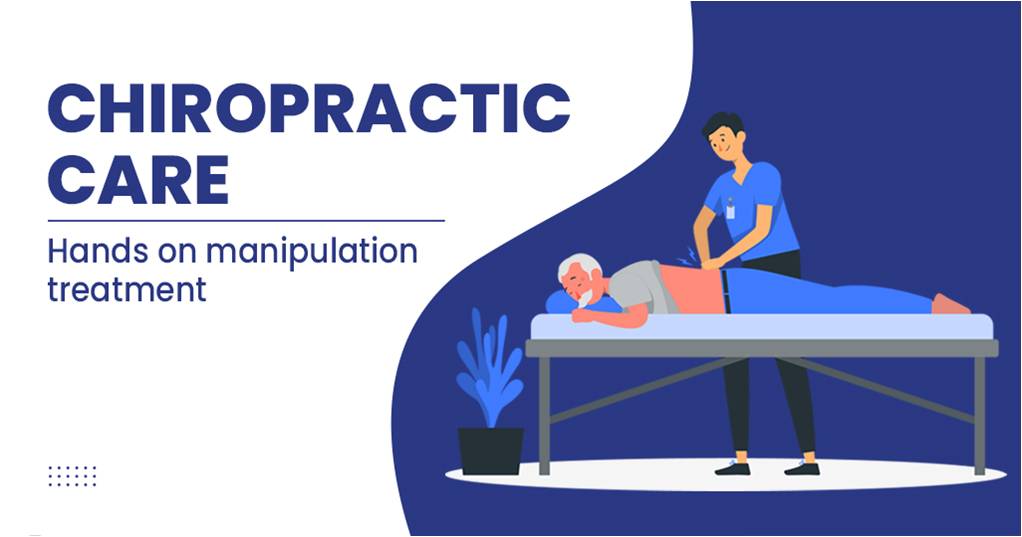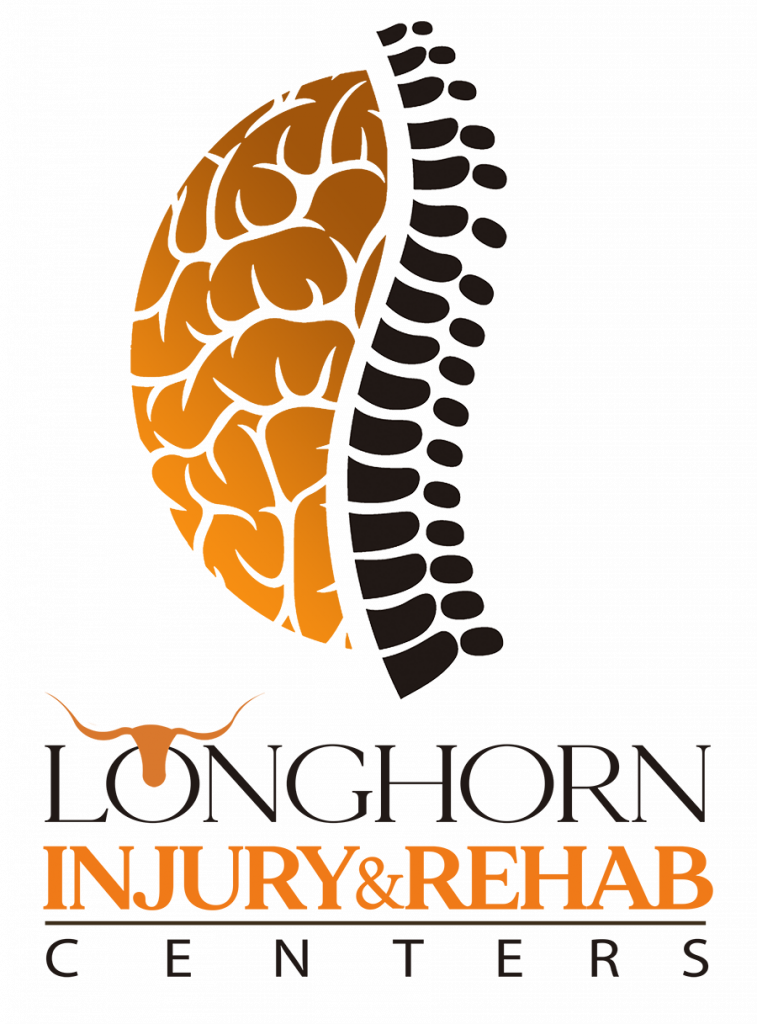Are Chiropractors Safe? Exploring the Safety of Chiropractic Care
Chiropractor | $59 Chiropractic Adjustment | What Does A Chiropractor Do?
Chiropractic care is a popular form of complementary and alternative medicine (CAM) that focuses on diagnosing and treating musculoskeletal disorders, primarily those related to the spine. Over the years, chiropractors have gained recognition and popularity for their non-invasive approach to addressing various health concerns. However, like any healthcare profession, questions about the safety of chiropractic care have arisen. In this extensive blog post, we will dive deep into the world of chiropractic care, debunk myths, and explore the facts to provide a comprehensive answer to the question: Are chiropractors safe?
What is Chiropractic Care?

Chiropractic care is a branch of complementary and alternative medicine (CAM) that focuses on the relationship between the spine and the nervous system. Chiropractors, who are licensed healthcare professionals, believe that misalignments or subluxations in the spine can disrupt the body’s natural healing processes and contribute to various health issues. The primary method of treatment employed by chiropractors is spinal manipulation or adjustment, where they use their hands or specialized instruments to apply controlled force to the spine with the goal of restoring proper alignment.
Chiropractors often take a holistic approach to healthcare, emphasizing the body’s innate ability to heal itself without the need for invasive procedures or pharmaceuticals. Their practice extends beyond treating back pain and includes addressing a wide range of conditions, such as headaches, neck pain, joint problems, and more.
New Patient Special | Chiropractic Adjustment in $59
Longhorn Injury is offering Initial Chiropractic Consultation along with Chiropractic Adjustment Care in just $59 in Dallas, Texas. Get in touch with the best chiropractors and experience pro chiropractic adjustment in Dallas, Texas. Make an appointment or call our Dallas, TX Chiropractic Clinic today.
Common Myths and Misconceptions About Chiropractic Care

Before delving deeper into the safety of chiropractic care, let’s address some of the most prevalent myths and misconceptions associated with this field.
Myth 1: Chiropractic care is not real medicine
Some individuals argue that chiropractic care lacks scientific validity and is not a legitimate form of healthcare. While chiropractic care is distinct from traditional medical practice, it is recognized as a healthcare profession in many countries, with practitioners undergoing rigorous training and education.
Myth 2: Chiropractic adjustments are dangerous
There’s a widespread belief that chiropractic adjustments carry inherent risks and may lead to severe injuries, including strokes. While there have been reports of adverse events associated with chiropractic care, such occurrences are relatively rare, and research indicates that the benefits often outweigh the risks.
Myth 3: Chiropractors only treat back pain
It’s a misconception that chiropractors exclusively focus on back pain. While spinal adjustments are a core component of their practice, chiropractors can also address various conditions, including neck pain, headaches, and joint issues.
Myth 4: Chiropractors are not real doctors
Are chiropractors doctors? Some people assume that chiropractors are not genuine doctors because they lack medical degrees. While chiropractors do not hold medical degrees, they earn Doctor of Chiropractic (DC) degrees after completing extensive training and coursework.
Are Chiropractors Safe? Examining the Evidence

Are chiropractors safe? Now that we’ve dispelled some common myths, let’s explore the safety of chiropractic care by examining the available evidence and addressing specific concerns.
-
Adverse Events and Risks
One of the most significant concerns people have regarding chiropractic care is the risk of adverse events, including injuries during spinal manipulation. It’s essential to understand that while there have been reports of adverse events associated with chiropractic care, they are relatively rare.
A comprehensive review of the literature published in the journal Chiropractic & Manual Therapies in 2012 found that the risk of a serious adverse event following chiropractic spinal manipulation is estimated to be between 1 in 1 million to 1 in 10 million treatments. These risks are statistically very low and comparable to other healthcare interventions.
It’s crucial to emphasize that chiropractors are trained to assess a patient’s suitability for spinal manipulation and use appropriate techniques to minimize risks. They also have guidelines and standards of care to follow, which can vary by country and jurisdiction.
-
Stroke Risk
One of the most publicized concerns related to chiropractic care is the potential link between neck manipulation and an increased risk of stroke. Some studies have reported an association between cervical spine manipulation and stroke, but it’s important to put this risk into perspective.
A comprehensive study published in the Spine Journal in 2008 reviewed data from over 100 million person-years of observation and found that the risk of stroke following chiropractic neck manipulation was estimated to be 1 in 5.85 million visits. This risk is considered minimal, and it’s crucial to note that strokes can occur spontaneously and may not be directly caused by chiropractic care.
Furthermore, chiropractors are trained to identify patients who may be at higher risk for adverse events and exercise caution when considering neck manipulation for such individuals.
-
Evidence-Based Practice
Chiropractic care, like other healthcare professions, is evolving to become more evidence-based. Many chiropractors incorporate scientific research and evidence-based practices into their treatments, ensuring that they provide the most effective and safe care possible.
The Chiropractic Research Agenda Conference (CRAC) in 2017 aimed to establish research priorities for the chiropractic profession, emphasizing the importance of evidence-based practice. As chiropractic care continues to evolve, it is increasingly grounded in scientific research and clinical evidence.
-
Patient Education and Informed Consent
Patient education and informed consent are critical aspects of safe chiropractic care. Chiropractors should thoroughly explain the proposed treatment plan, potential risks, benefits, and alternatives to the patient. Informed consent allows patients to make well-informed decisions about their healthcare.
Patients should feel comfortable asking questions and expressing concerns to their chiropractor. A good chiropractor will take the time to address these concerns and ensure the patient is fully informed before proceeding with any treatment.
-
Scope of Practice
It’s essential to understand that chiropractic care encompasses a broad scope of practice, and not all chiropractors use the same techniques or treatments. Some chiropractors focus primarily on spinal adjustments, while others may incorporate additional therapies such as physical therapy, nutrition counseling, and exercise programs.
The scope of practice can also vary by jurisdiction, as chiropractic regulations are set at the state or provincial level in many countries. It’s important for patients to research and choose a chiropractor whose approach aligns with their specific healthcare needs and preferences.
Conclusion: Are Chiropractors Safe?

In conclusion, chiropractic care can be safe when practiced by qualified and competent professionals who follow appropriate guidelines and standards of care. While there are risks associated with any healthcare intervention, the risks associated with chiropractic care are generally low, and the benefits can be substantial for many individuals. It’s essential for patients to choose a licensed and reputable chiropractor who prioritizes patient safety and follows evidence-based practices. Engaging in open communication with your chiropractor and being informed about your treatment plan is also crucial to ensure a safe and positive experience.
Ultimately, the safety of chiropractic care, like any healthcare practice, relies on the competence and professionalism of the practitioner, the appropriateness of the treatment for the individual patient, and the informed decision-making process between the patient and the chiropractor. When these elements align, chiropractic care can be a valuable and safe addition to a person’s healthcare journey.
Moreover, it’s essential to recognize that chiropractic care, like any field of healthcare, continues to evolve and improve as new research and evidence emerge. Patients and practitioners alike should stay informed and open to advancements that contribute to safer and more effective chiropractic treatments. With the right practitioner and a commitment to evidence-based practice, chiropractic care can indeed be a safe and beneficial option for many seeking relief from musculoskeletal issues and improved overall health.
Find Best Chiropractor in Dallas, TX
Call Now +1-844-589-7246
Find best chiropractor near me in Dallas, TX. Longhorn Injury provides chiropractic adjustment for back, neck & sciatic pain relief. Moreover, we provide consultation, diagnostic and therapeutic services for patients suffering from a variety of acute and chronic conditions.
Contact us for Best Chiropractors in Dallas, Texas for an Appointment Today.
Longhorn Injury is your Chiropractor in Dallas, TX.
What exactly does a chiropractor do?
Chiropractors are primary contact practitioners (which means they can see patients without a referral from a GP). They focus on treating the spine by using their hands to examine and treat health conditions related to the bones, muscles and joints (musculoskeletal problems).
What is the difference between a physiotherapist and a chiropractor?
When it comes to the differences between physiotherapy vs chiropractor services, a physiotherapist will more commonly use joint mobilization techniques to treat injuries and restore motion, whereas chiropractors will focus more on joint adjustments.
Why chiropractic is better than physiotherapy?
If you want to start with restoring spinal functioning via spinal manipulation then then a chiropractor may be the best place for you to start. If you want to concentrate more on the soft tissue approach a physiotherapist would be the best place to start.
How long do chiropractic adjustments last?
Depending on the things you do after your visit to the chiropractor, the effects of your treatment can last days or just a few hours. Fortunately, you can extend the positive effects of your adjustments by following a few simple guidelines.
When should I see a chiropractor?
When to see a chiropractor? If you suffer from neck, back, or knee pain that has an unexplained cause and not due to advanced osteoarthritis, you may benefit from seeing a chiropractor. Just make sure you see one that is licensed to practice.




